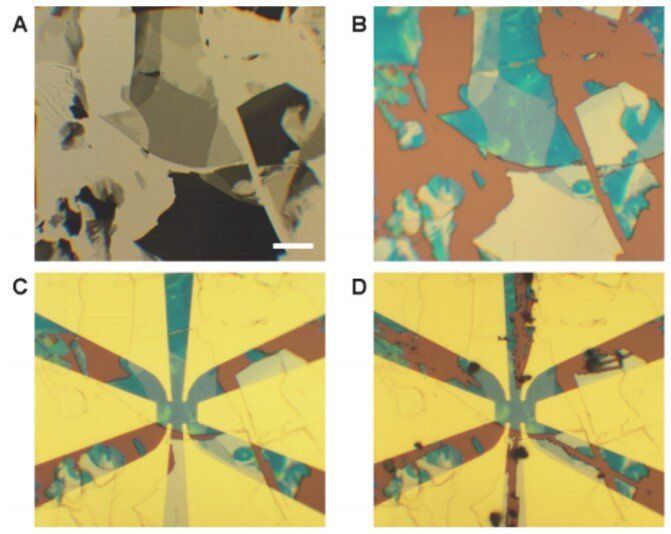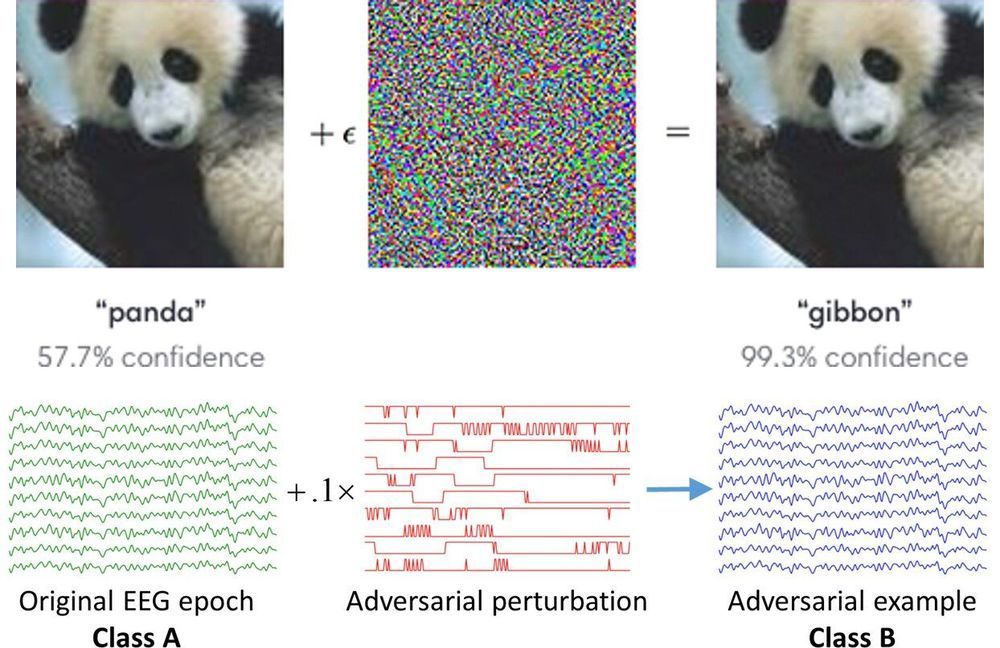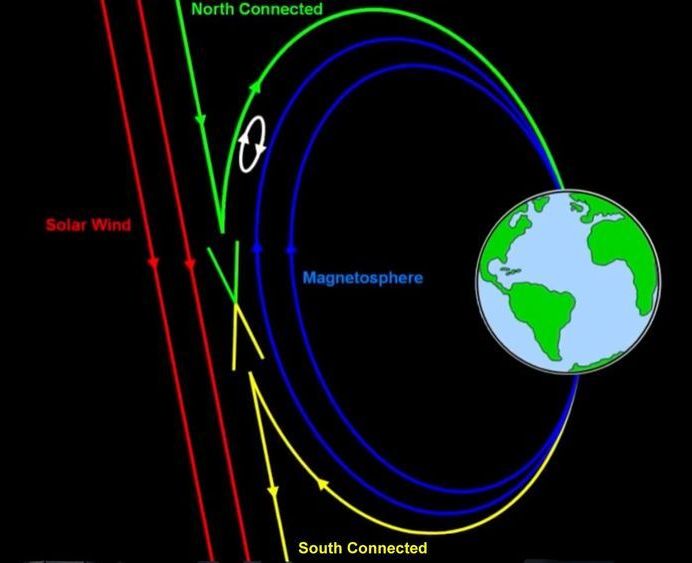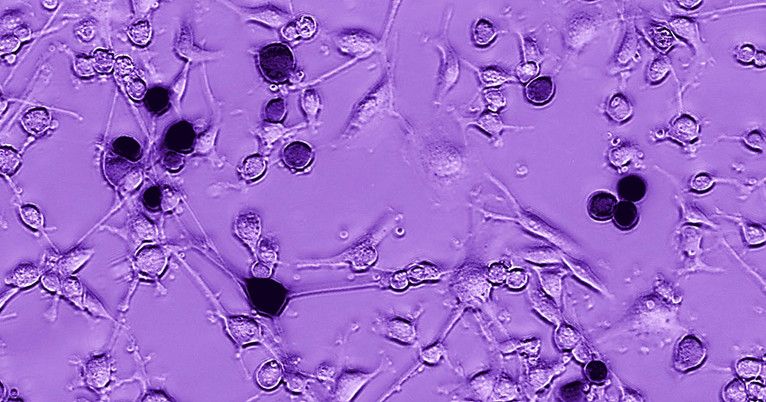Nontrivial band topology can combine with magnetic order in a magnetic topological insulator to produce exotic states of matter such as quantum anomalous Hall (QAH) insulators and axion insulators. An aim of condensed matter physics is to find new materials with useful properties and apply quantum mechanics to study them. The field has allowed physicists to better understand the uses of magnets for hard disk data storage, computer displays and other technologies. The recent discovery of topological insulators have attracted broad interest and researchers predict that the interplay between ferromagnetism and the topological insulator state can realize a range of exotic quantum magnetic phenomena of interest in fundamental physics and device applications.
In a new report, Yujun Deng and a research team at the departments of physics and quantum matter physics in China, probed quantum transport in a thin flake MnBi2Te4 topological insulator, with intrinsic magnetic order. The ferromagnetic layers coupled anti-parallelly to each other in the atomically thin MnBi2Te4 layered van der Waals crystal. However, the sample became ferromagnetic when it contained an odd number of septuple layers. The research team observed the zero-field QAH effect in a five-septuple-layer specimen at 1.4 Kelvin. The results established MnBi2Te4 as an ideal platform to explore exotic topological phenomena with spontaneously broken time-reversal symmetry. The work is now published on Science.
Topological materials distinctly contain topologically protected quantum states that are robust against local distresses. For instance, in a topological insulator (TI) such as bismuth telluride (Bi2Te3), the bulk band topology can guarantee the existence of two-dimensional (2-D) surface states with gapless Dirac dispersion. By introducing magnetism into the initially time-reversal invariant topological insulators (TIs), scientists can induce profound changes in their electronic structure. For example, to experimentally observe the QAH effect in chromium-doped (Bi, Sb)2Te3, physicists had to precisely control the ratio of multiple elements in a non-stoichiometric material. Fine-tuning the material required reconciling conflicting demands and therefore, researchers had to precisely quantize the anomalous Hall effect only at temperatures up to T = 2 K, far below the Curie temperature and exchange gap in the material.








